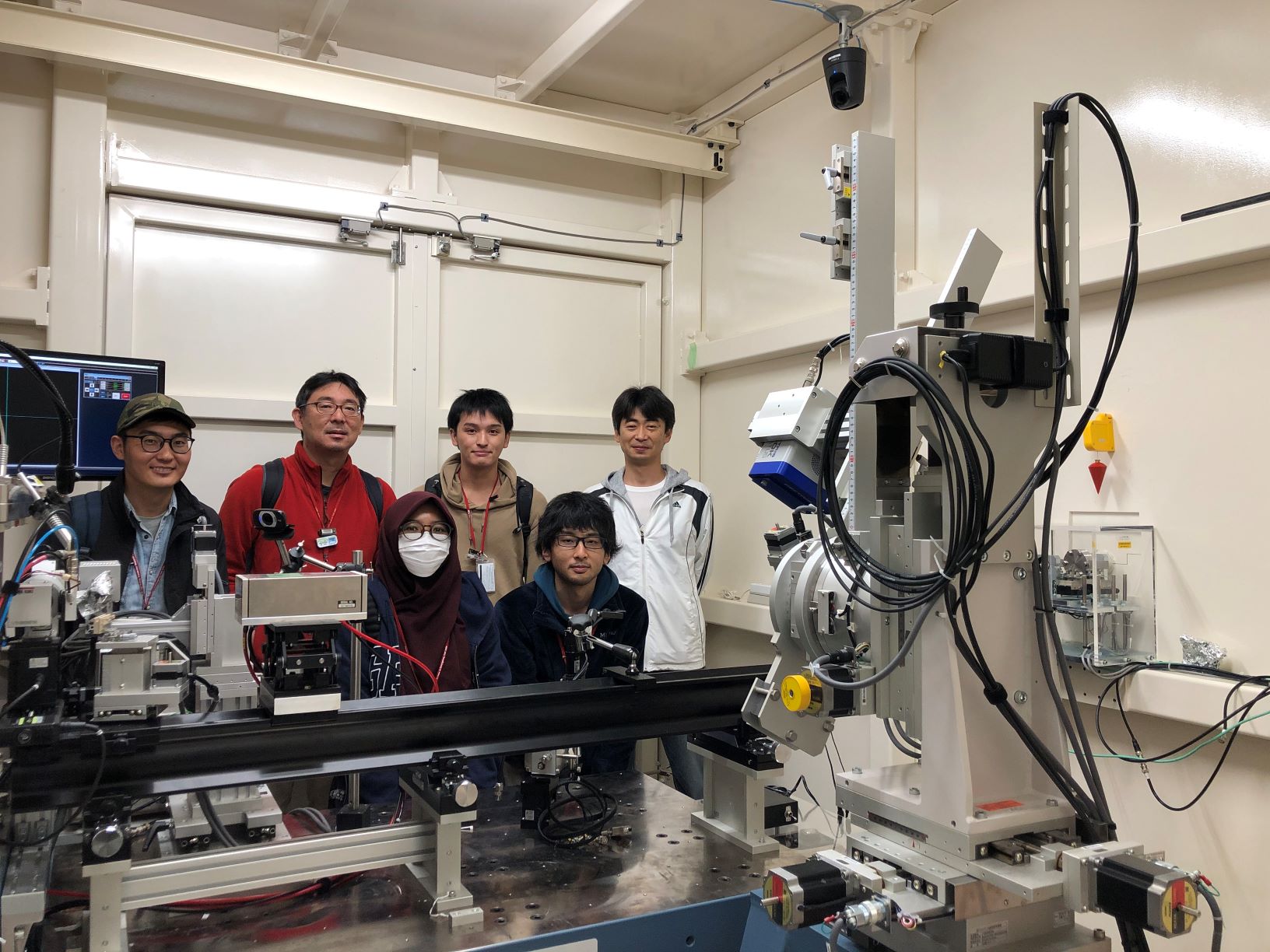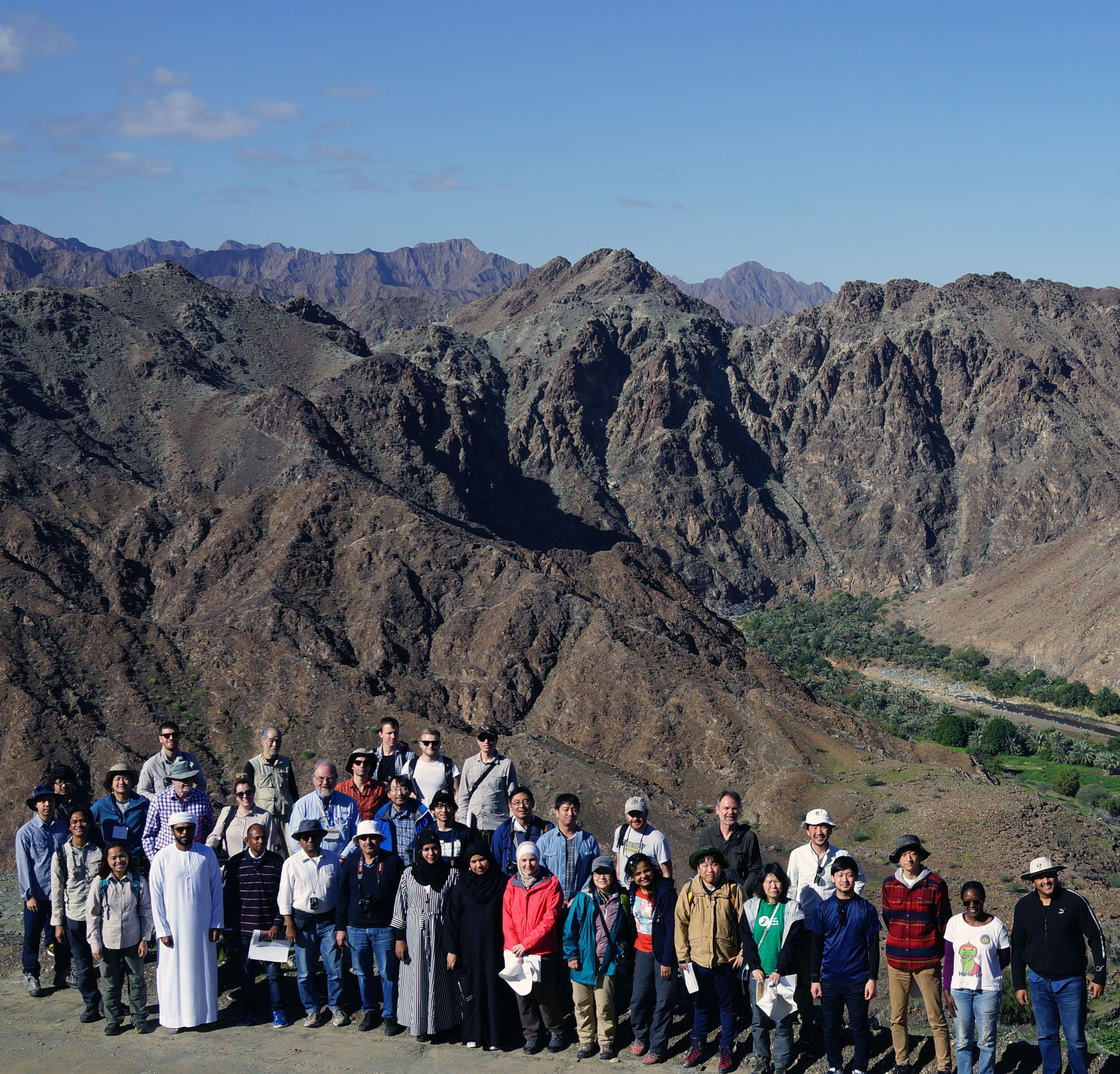Welcome to access our lab page!
Research interests
Geochemistry of supercritical geothermal resources and formation of hydrothermal ore deposits
Supercritical geothermal resources exceeding 400˚C are expected to as promising renewable energies. For sustainable utilization of such high temperature fluids, it is necessary to evaluate the properties of the geothermal fluids for predicting scaling and corrosion problems. However, the thermodynamic data of aqueous species are lacking in vapor-like low density regions. We conducted the hydrothermal experiments on feldspar solubility at such P-T conditions, and clarified that the extension of the equilibrium constant by using water density is possible, and that the pH rises in the low-density regions.
Decompression of high-temperature crustal fluids produces the high-supersaturation of minerals, resulting in the formation of hydrothermal ore deposits such as black smokers at seafloors. We analyzed the microstructures of spherical pyrite and bipyramidal quartz grains from the Kuroko deposits, and revealed that nucleation on the bubble and growth within the fluids (collaboration with the Utrecht University; Fig. 1). Based on the supercritical flow-through experiments, we showed the mechanism of the formation of silica particles and transformation to quartz during upwelling fluid flow.

Fluid infiltration through the oceanic plate and hydrogen generation
Infiltration of seawater and hydration of mantle (serpentinization) play crucial roles on global water cycle and a supply of hydrogen energy to underground biosphere. Based on the analyses of the Drilling core of the Oman ophiolite (Fig. 2) and the distinct element method numerical simulations, we revealed the feedback processes of fluid flow-reaction-fracturing within the oceanic crust. In addition, the hydrothermal experiments of the analogue material showed the fracturing and permeability enhancement induced by fluid-rock reactions. Similar reaction-induced fracturing occurs during the carbonation of mantle wedge within the subduction zone.
The hydrogen generation occurs by oxidation of iron during serpentinization. We conducted the experiments on magnetite formation and Fe(III)/Fe(II) mapping by the Photon Factory (KEK, Tsukuba), showing the local fluid infiltration of the oxidizing fluids within the Oman ophiolite (Fig. 3).


Mass transport analyses of metamorphic rocks based on the data-driven approaches
Bulk rock chemistry of altered rocks, metamorphic rocks and soils represents complex, multi-dimensional data, which contain the information on protoliths such as the volcanic rocks and fluid-mediated element transport. By learning huge geochemical data of basaltic samples, we created the predictive model of the protoliths based on the combination of the immobile elements, and showed that the method is useful for analyzing the protolith and element transport of altered rocks at seafloor and metamorphic rocks within the subduction zones (Fig. 4).
